9 Artworks From Artnet’s Gallery Network That Our Experts Are Loving This Week
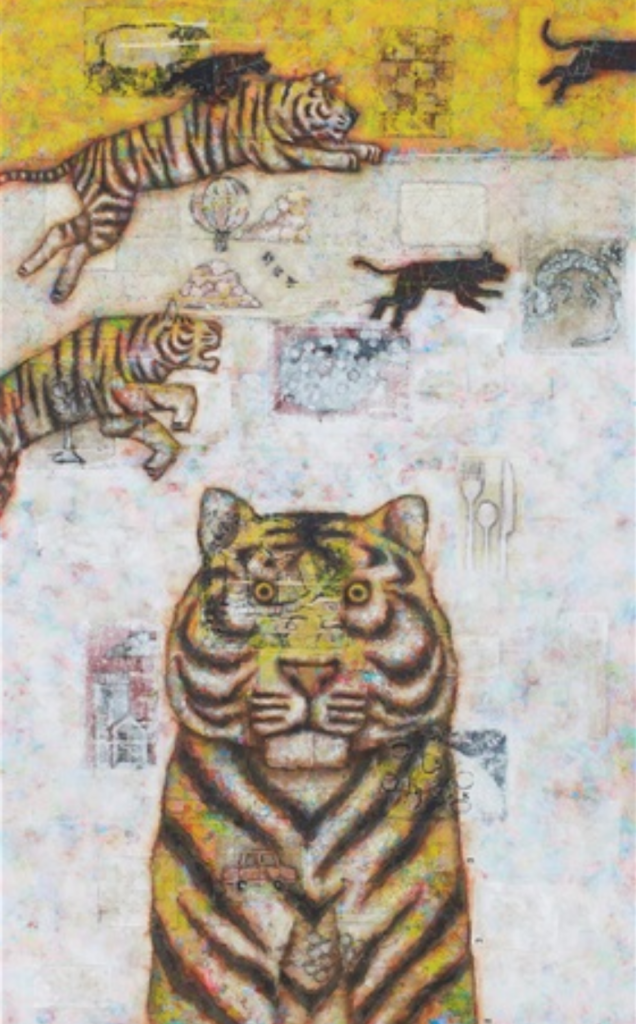

Artnet Gallery Network

Every week, we explore the thousands of galleries on the Artnet Gallery Network to highlight the spaces and artworks inspiring us right now. Take a look at our latest picks below.
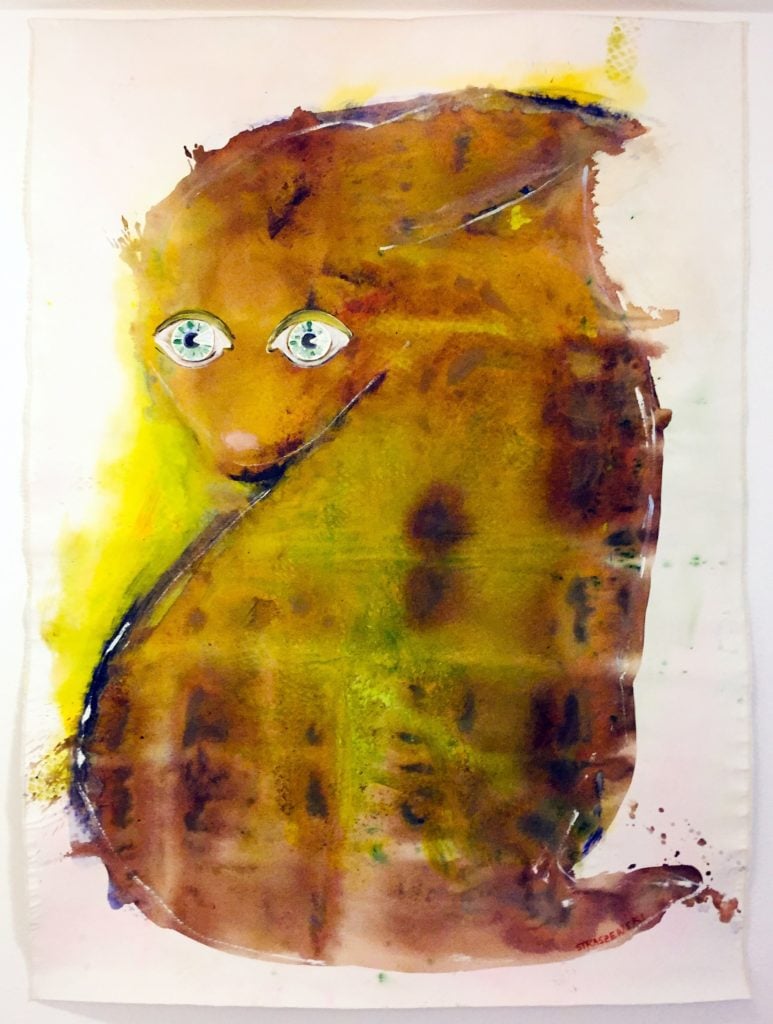
Christine Straszewski, ARTBASILISK (2020). Courtesy of rubrechtcontemporary.
The basilisk is a mythical creature that can kill or petrify someone with a single glance. Who then is this cute animal with bright blue eyes created by the German artist Christine Straszewski and called ARTBASILISK? Straszewski’s work often satirizes the contemporary art market and we can only hope that what we have here is a symbol of wisdom as it is used in alchemy
—Alexandra Schott
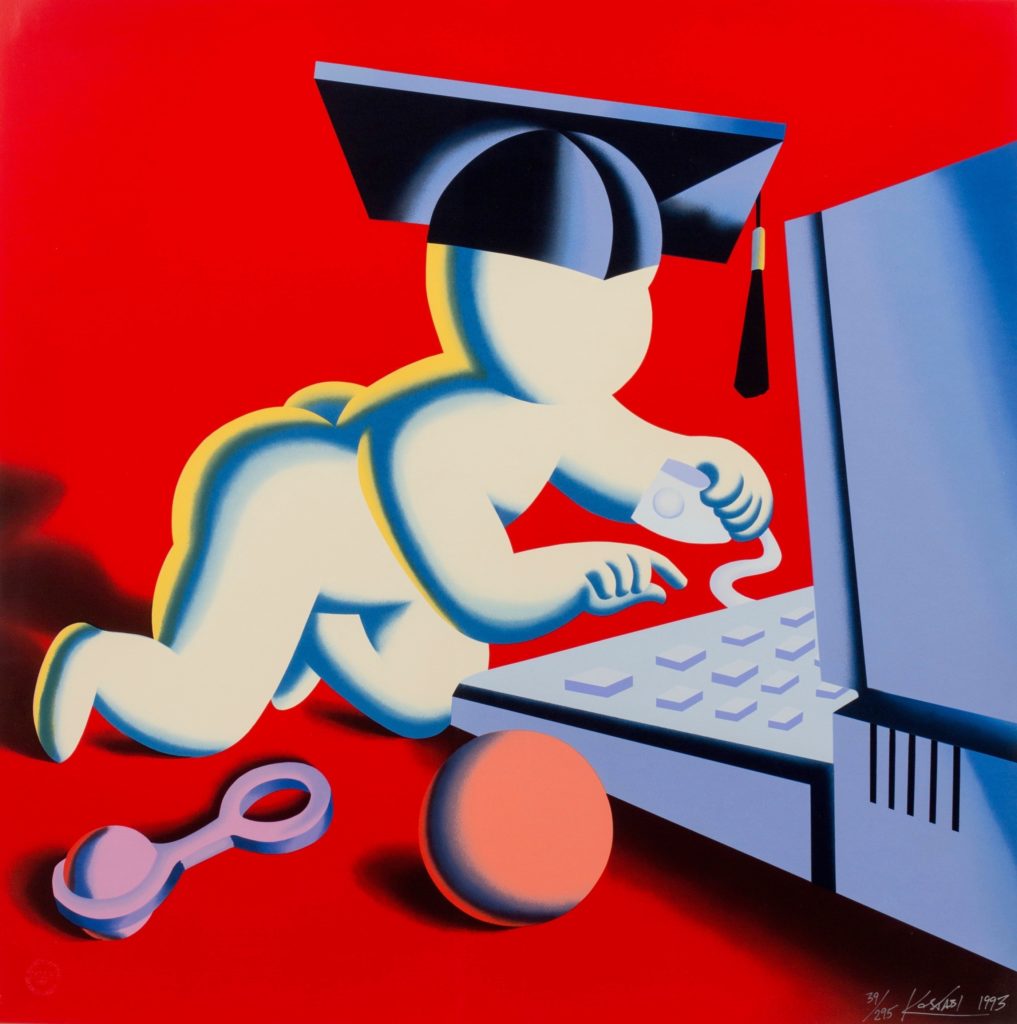
Mark Kostabi, The Early Nerd Gets the Worm (1993). Courtesy of ZQ Art Gallery.
Printed in 1993 by American artist Mark Kostabi, this work now feels oddly relevant to our current work-from-home lifestyles. The faceless, Caspar-the-Ghost-like baby with a graduation cap, baby rattle, and computer are accentuated by gradient lines, creating an eerie, dystopian-future vibe. The perfectly balanced composition and red background seem like a contemporary caution sign: “Beware of Baby Joining Conference Call.” Shoutout to all the moms currently at home working hard and experiencing a sudden age demographic shift to their office mates.
— Cristina Cruz
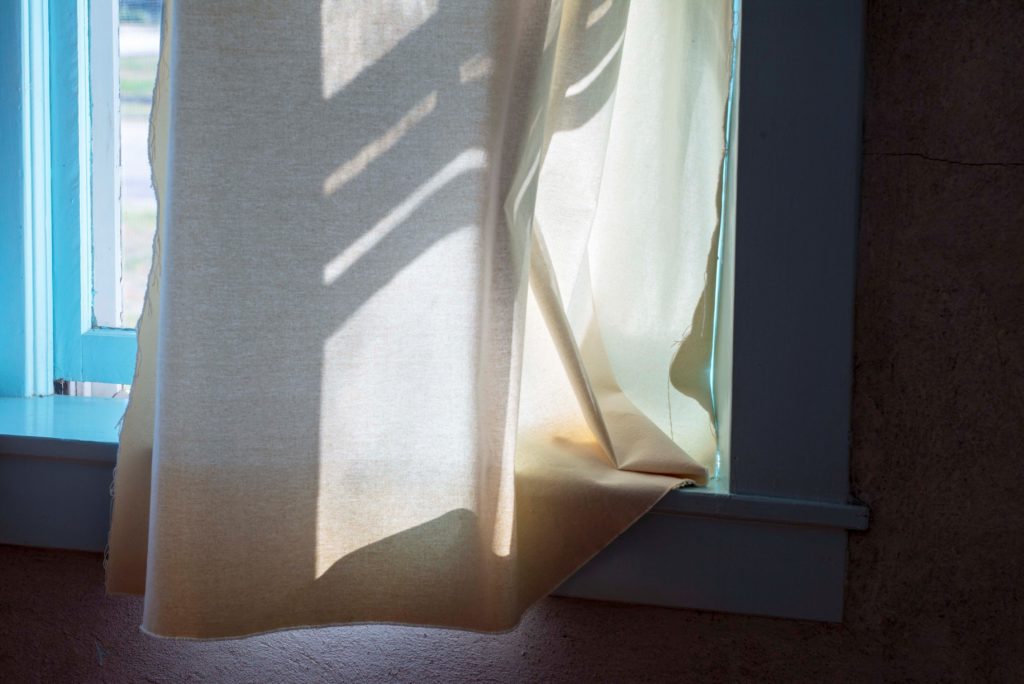
Elfie Semotan, Marfa 12 (2016). Courtesy of Gabriele Senn Galerie.
In 2016, during a road trip from New York to Texas, artist Elfie Semotan made a memorable series of photographs that radiate an aura of calm and contemplation. She focuses not on spectacle, but instead on the beauty and little surprises of the everyday. Here, the delicate play of light against the curtain and the viewer’s isolated glance from inside a home to outside may feel very familiar these days.
—Miriam Minak
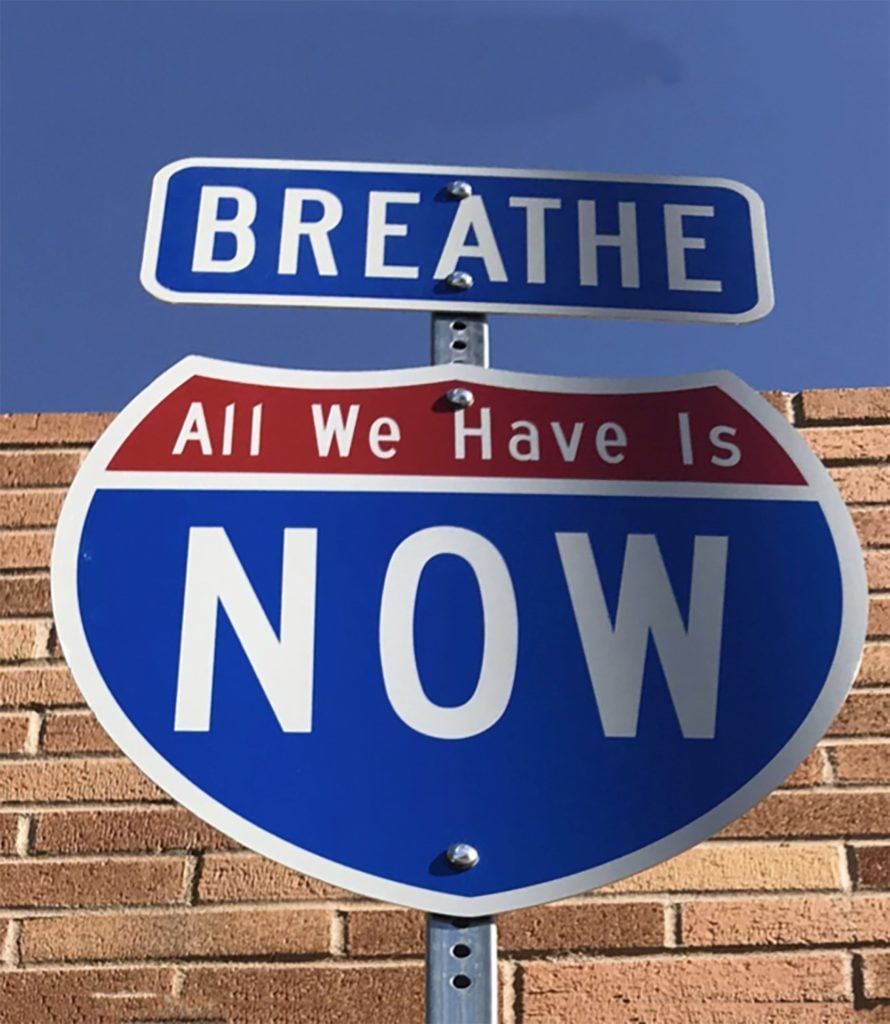
Scott Froschauer, All We Have is Now. Courtesy of Wallspace LA.
This road sign reminds us to breathe and not get overwhelmed with what could be or what will be. I think this is appropriate for the difficult time we are living in now.
— Qadira Farrington
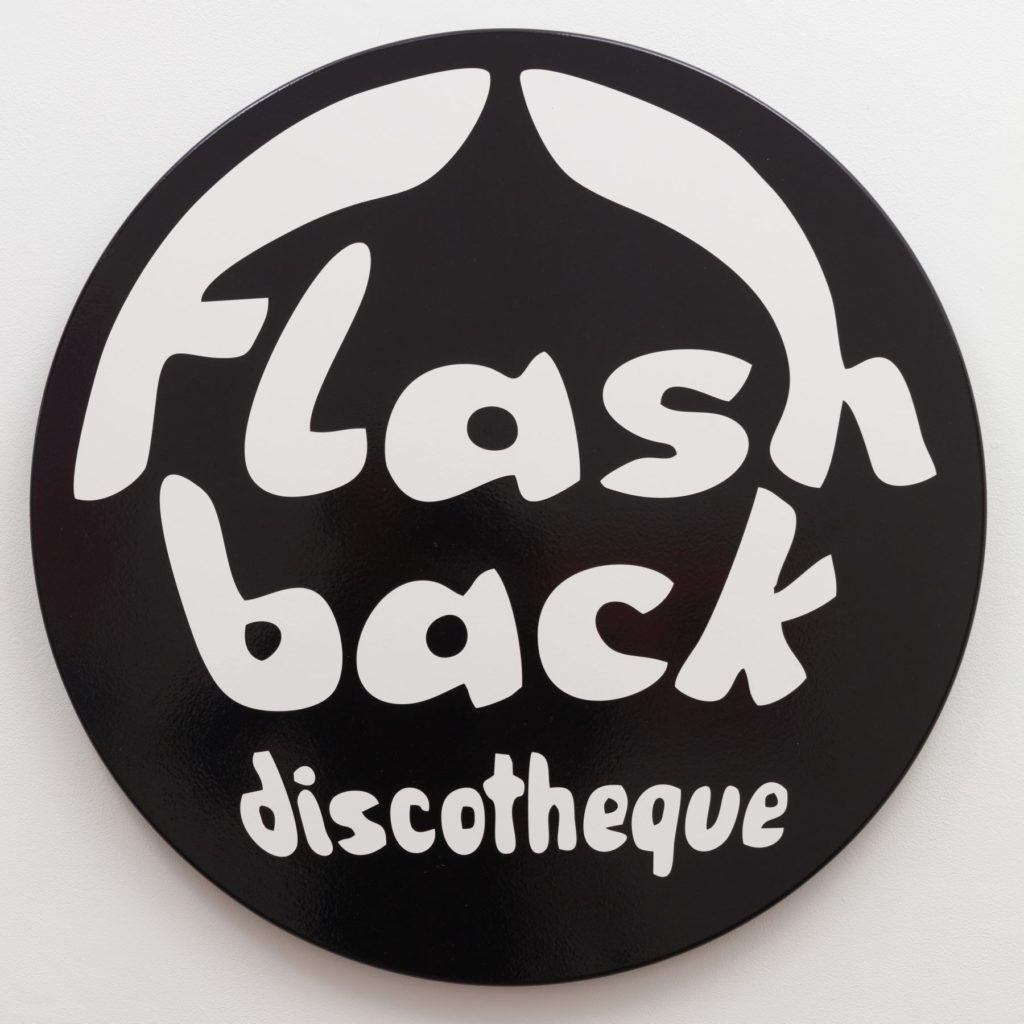
Johannes Wohnseifer, Flashback (2020). Courtesy of Meliksetian | Briggs.
Wohnseifer’s recent works are text capsules that explore the language of consumerism in different decades. Flashback merely two months ago and memories of 70s nightlife were fun — and almost silly — to recall. Now, it seems more like a button that brings us back to a time when we could be together, sweating and dancing.
— Santiago Garcia Cano
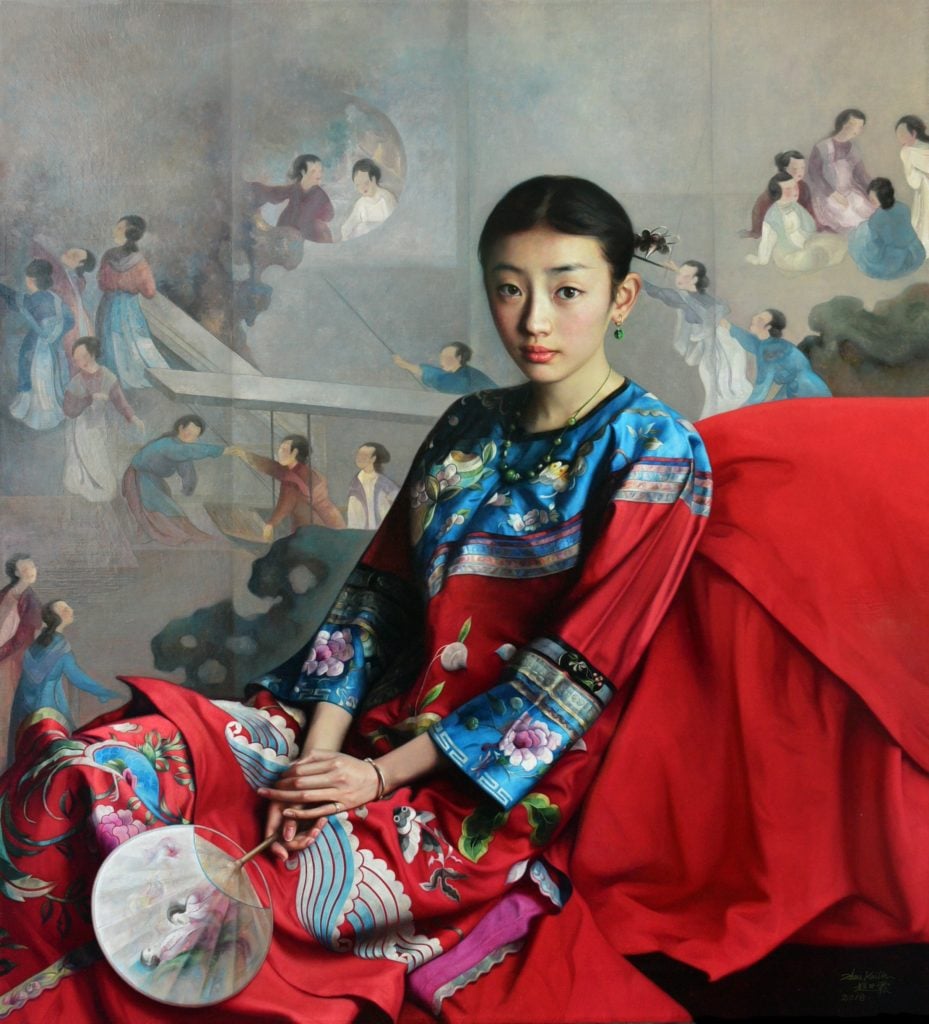
Zhao Kailin, Memories (2018). Courtesy of Tanya Baxter Contemporary.
Zhao Kailin grew up in China, studied oil painting in Sweden, and now lives and works in Los Angeles. His works combine sensitive portraiture and a sense of realism and detail for traditional Chinese artworks and textiles. In Memories, a young woman poses in front of a painted backdrop, representing past and present.
—Sara Carson
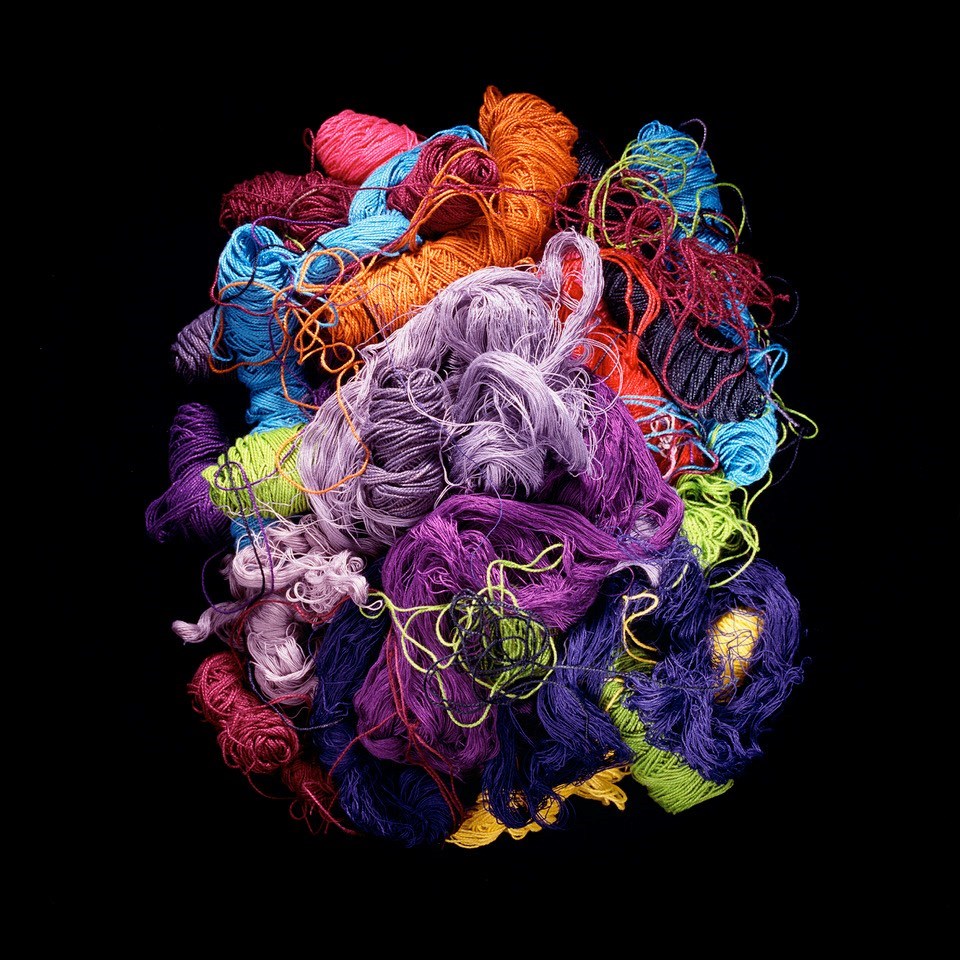
Jean-Baptiste Huynh, Inde – Fils (2004). Courtesy of Patrick Gutknecht.
I love the contrast of colors in this photograph against the black background. The colors of the strings are bright, exuberant, and —as reflected in the title of the work— really represent the colorfulness of Indian culture and textiles.
—Tara Wyant
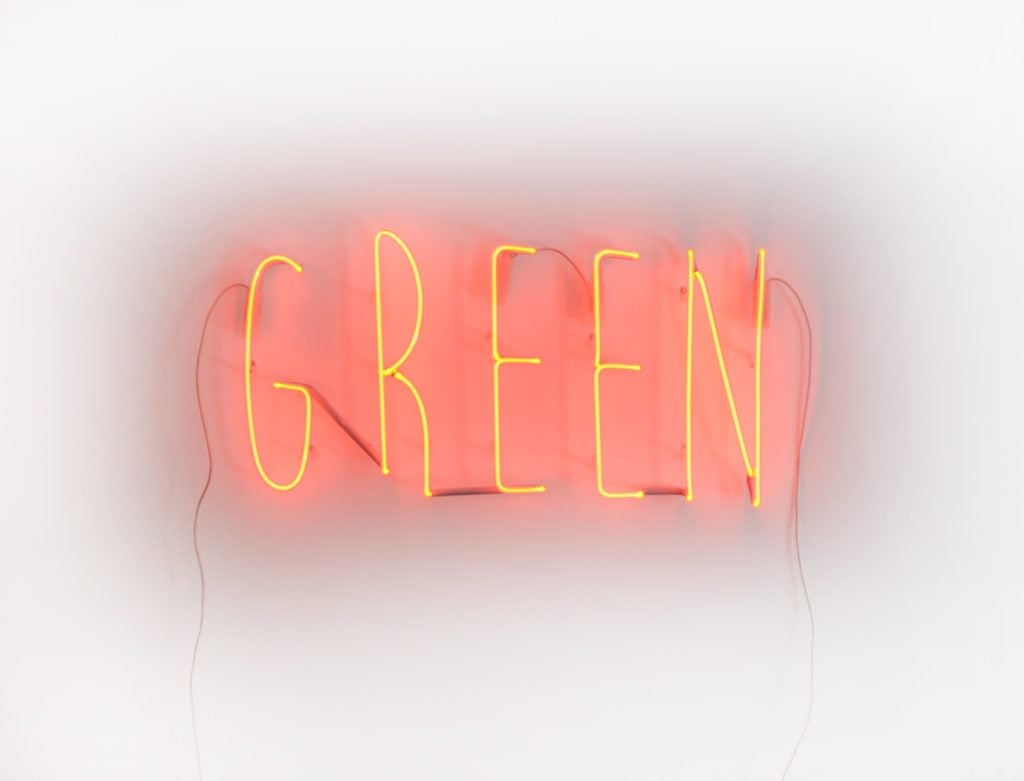
Daniele Sigalot, My Favorite Color (2018). Courtesy of Anna Laudel.
This light art sculpture mimics a famous neuropsychological test that studies the mental effects that occur when a person receives two conflicting stimuli at the same time. Called the Stroop Color and Word Test (SCWT), the test asks participants to name the physical color of letters that contrasts with the written word it spells out. As in the case of this work, Daniele Sigalot’s artworks are mainly characterized by words and text, and often in a playful or ironic context.
—Tobias Molitor
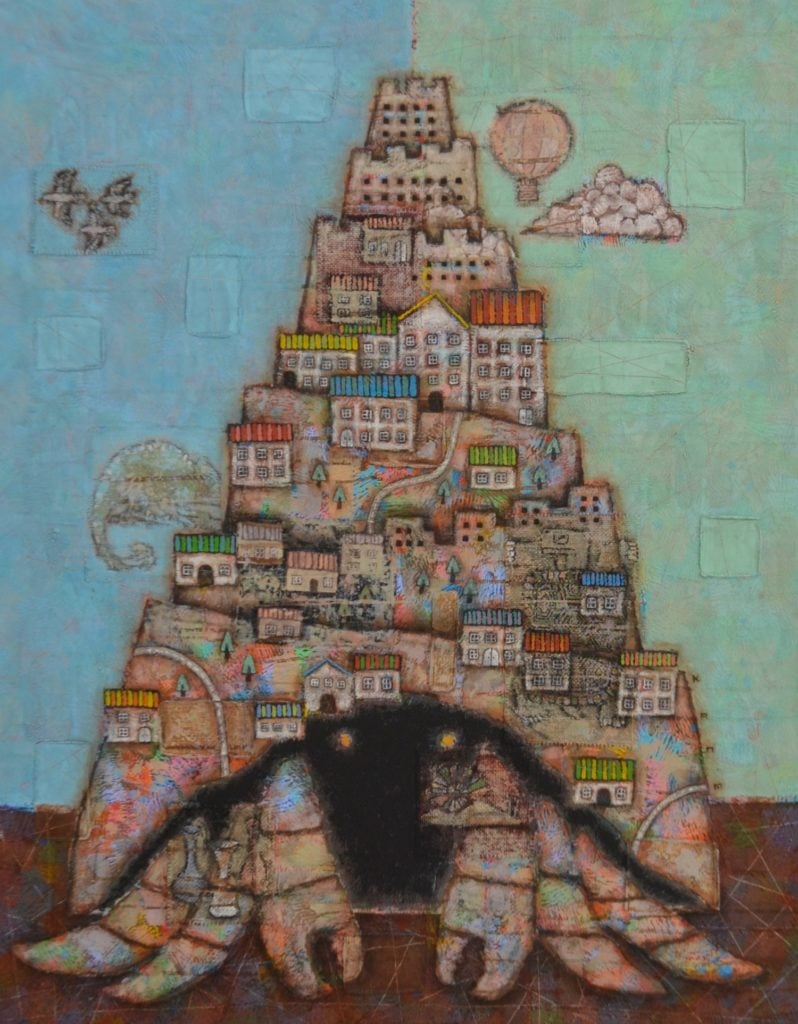
Yuji Kanamaru, Tower of Babel (2020). Courtesy of Whitestone Gallery.
Yuji Kanamaru graduated from the Department of Design at Tokyo University of the Arts (2003) where he studied under the two great Japanese painting masters, Masataka Oyabu and Chinami Nakajima. Kanamaru nevertheless managed to establish his own style, creating deliberate cracks in his works by adding pieces of burlap, English newspaper, and other materials to his canvases. The multiple layers of colors create the illusion of depth. Here, he combines biblical references with a townscape that is reminiscent of the cities of South America, where the artist stayed in his childhood. The resulting image has a fresh and intriguing perspective, one that integrates religion, the exotic and the nostalgic. Kanamaru is keenly aware of the function of art in society, and his works are often present at the international art fairs that have gathered great popularity.
—Yi Zhang